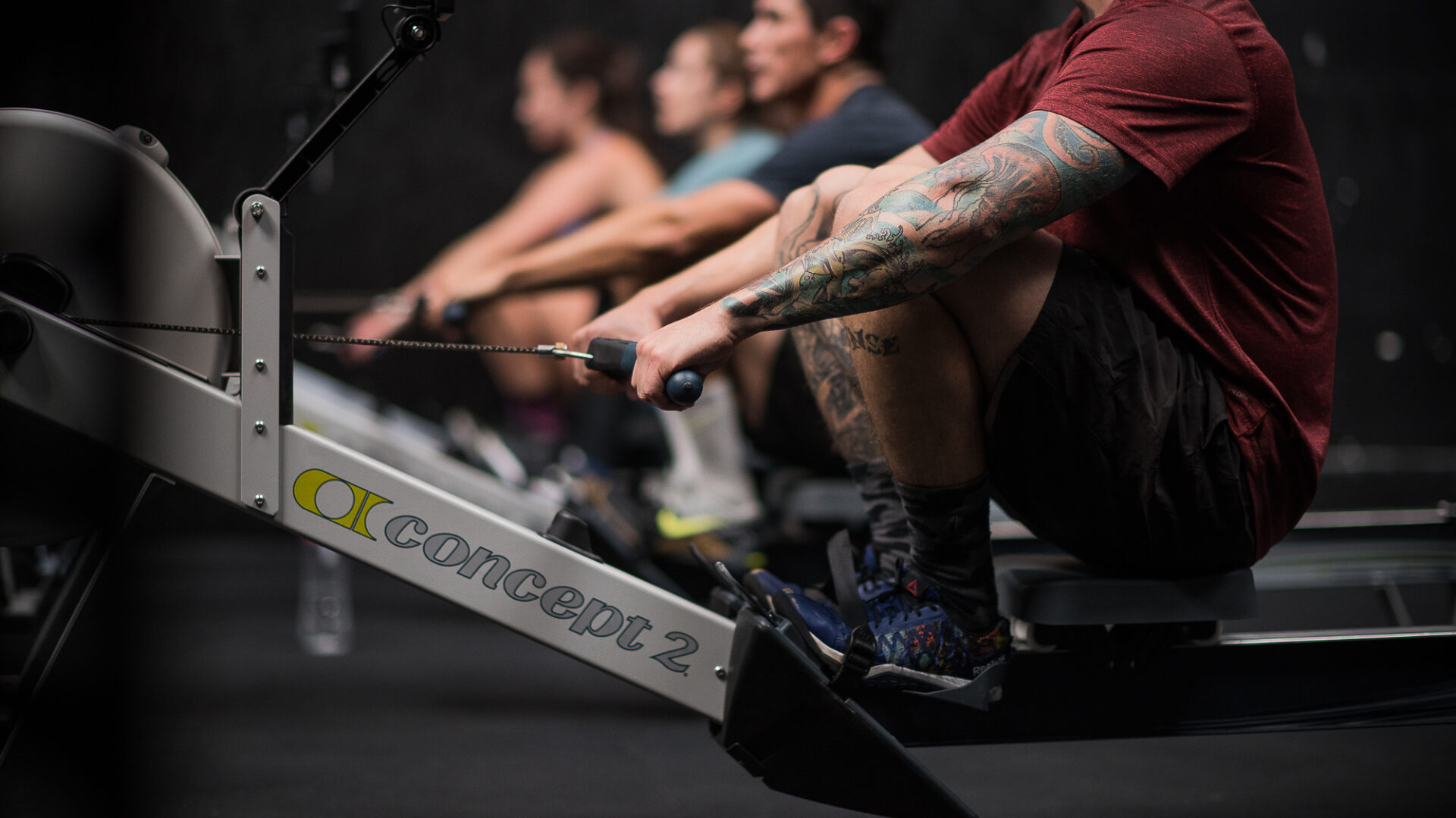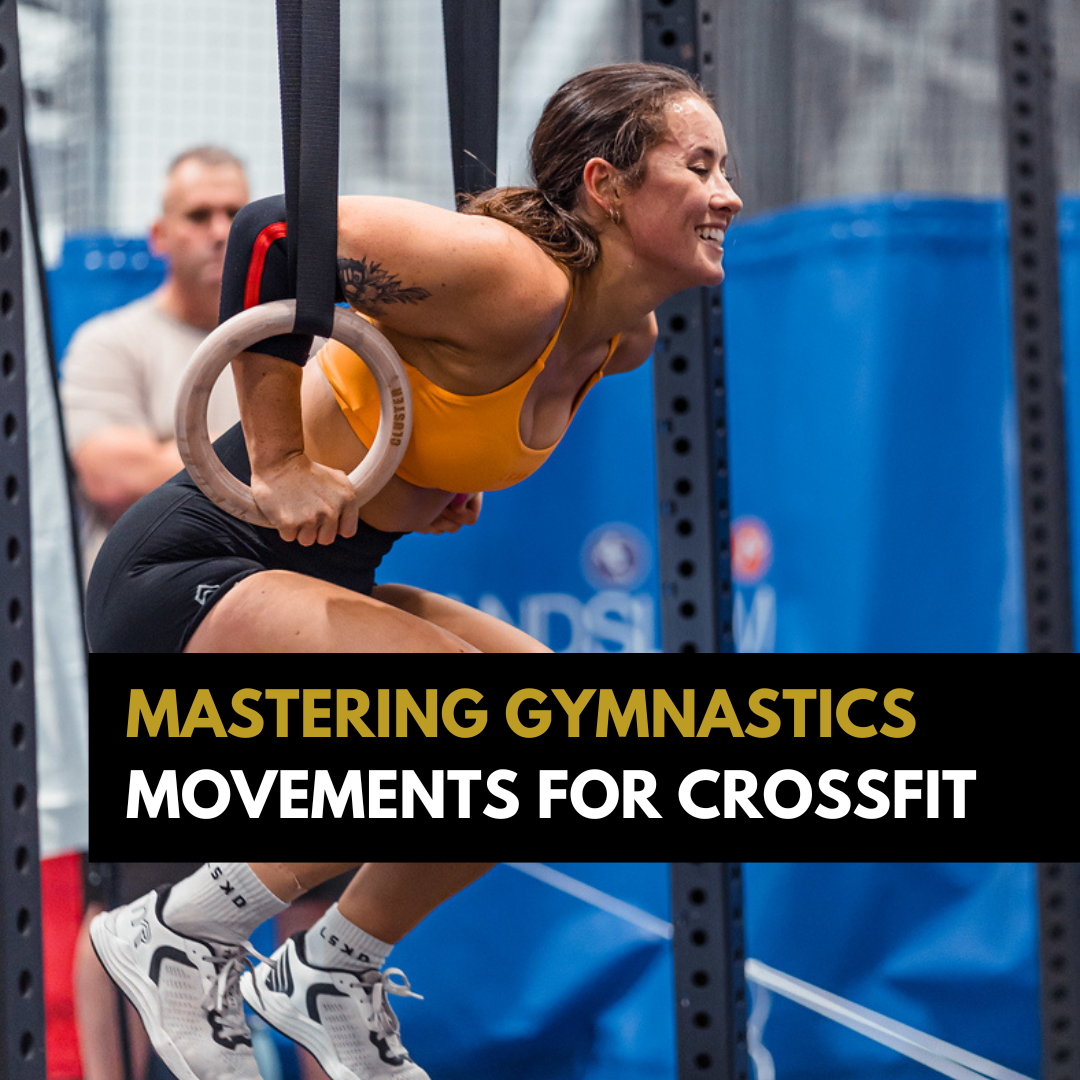Gymnastics in CrossFit goes far beyond performing flashy kipping pull-ups or handstand walks. True mastery begins with a strong foundation of strict movements, consistent progressions, and purposeful practice. Below, we bring together key insights from three expert perspectives to help you build solid prerequisites, refine your technique, and develop the strength and mobility needed for advanced CrossFit gymnastics.
1. Build a Strong Foundation
Strict Strength Before Kipping
All three sources emphasize that you can’t simply “technique” your way out of insufficient strength. If you don’t have at least a few strict pull-ups or strict handstand push-ups, your capacity for dynamic versions (like butterfly pull-ups or kipping handstand push-ups) will always be limited. Strict strength forms the baseline that keeps you safe and sets you up for long-term progress.
Weight Management & Body Composition
Improving your power-to-weight ratio—akin to a race car shedding excess weight—can make bodyweight movements more efficient. While this doesn’t mean everyone needs to diet aggressively, being mindful of extra weight can pay huge dividends in achieving more reps and better endurance in gymnastics.
2. Prioritize Mobility & Positioning
Why Mobility Matters
Whether you’re working on pistols or overhead positions, restricted joint movement leads to compensation patterns that can stall progress or cause injury. Adequate ankle dorsiflexion, hip flexibility, and thoracic spine mobility help you achieve proper alignment in everything from handstands to ring muscle-ups.
Core Strength & Control
Having the ability to maintain a hollow body position—both on the floor and while hanging—makes transitions smoother and minimizes wasted movement. This strong midline also protects your lower back when performing dynamic exercises like kipping or butterfly pull-ups.
3. Follow a Progressive Plan
Consistent Practice
Relying solely on daily WODs to improve a specific skill is rarely enough. Instead, schedule regular short sessions (15-30 minutes) devoted to the movement you want to master—whether that’s handstand walking, rope climbs, or muscle-ups.
Structured Progressions
Each article highlights the importance of tackling skills step by step. For instance, before attempting a butterfly chest-to-bar pull-up, you should build up strict pull-ups, then kipping pull-ups, then butterfly pull-ups, and finally chest-to-bar variations. Skipping steps often leads to plateaus or injury.
4. Seek Guidance & Feedback
Coaches and Training Partners
A qualified coach or experienced training partner can quickly identify movement faults you might not see on your own. From subtle arch-position issues in kipping pull-ups to an early hip-push in handstand push-ups, feedback accelerates progress.
Video Analysis
Filming your attempts—especially in slow motion—reveals nuances you may miss in real time. Many athletes find that watching their own footage is as instructive as a coach’s in-person cues.
5. Leverage Domino Effects
Knock Down One Skill at a Time
Mastering strict pull-ups, for example, makes learning muscle-ups or chest-to-bar pull-ups vastly easier. Instead of juggling multiple new skills simultaneously, focus your energy on developing a fundamental movement that unlocks the next level.
Plan for Long-Term Success
Gymnastics training isn’t just about short-term gains; it’s about systematically layering skills over time. Rushing the process undermines your potential and increases injury risk.
Take Action
Choose one gymnastics skill (such as kipping pull-ups) and set aside two or three 15-minute sessions each week to work on strict strength, skill progressions, and mobility for that movement. Record at least one session on video and review it for technique improvements. By dedicating focused practice and seeking feedback, you’ll be on your way to conquering advanced CrossFit gymnastics skills safely and efficiently.


